DOG TRAINING OFFERED IN-PERSON AND ONLINEOur dog training services are delivered in almost any format that meets your needs. We have GROUP CLASSES at our indoor and outdoor facilities on our farm, ONLINE LIVE STREAMING classes, and SELF-PACED VIDEO-BASED training through our Online Dog Training Course. Our PRIVATE TRAININGS can be done in-home, outside, in public dog-friendly locations, at our facility on our farm, online via phone or video conferencing and through email. |
This is part 3 in my series on addressing nippy and mouthy behavior in puppies, adolescent dogs, or even adult dogs who have not yet learned that teeth on human skin (and the clothing that houses human skin) is not acceptable. In the first installment, I discussed the importance of teaching our dogs alternative behaviors in order to get what they want while redirecting them to more appropriate outlets for the nipping behavior. In the second installment, I discussed in more detail some possible alternative behaviors to replace the nipping.
In this third installment, I discuss appropriate play with dogs. Sometimes the ways in which we play with our dogs perpetuates the nipping behavior. I see many people who enjoy wrestling with their puppies. Certainly, it can be fun. However, dogs tend to mirror the play of their partner, so if you are using your hands, most likely your puppy is mirroring your behavior the best he can – by using his mouth.
Another fun game is chase. While it can be fun, it can also present some problems. If I have a dog who loves to be chased, he might learn to steal objects he shouldn’t have because he learns you will chase him. If, on the other hand, your puppy likes to chase you, he might get overexcited and nip at ankles or hands while pursuing you. This is especially true of herding breeds whose natural instincts are to nip at heels of livestock to get them to move in the direction they want.
So what are more appropriate ways to play? Chase can be fun, but ensure it is happening in the right circumstances. ONLY chase your dog if he has an appropriate toy, never with an inappropriate item. If your dog prefers to chase you, make sure you have a long toy you can dangle behind you so if he feels the need to grab something, he is directed toward the toy and not you.
Many people have been told they should never play tug because it can cause aggression – simply NOT TRUE! You do need to set some ground rules for playing tug. Tug is only played with approved tug toys. The best tug toys are long toys that give you enough room to grab one end and your dog to grab the other without your dog grabbing you. One of your rules should be: if your dog touches your skin with his teeth, the game ends. You might establish the rule that you always initiate or that your dog have an appropriate way to initiate rather than just grabbing something and tugging. Another rule should be that when you say “drop it” your dog spits out the toy immediately. This game is a great way to build a solid “drop it” with your dog. An additional rule that I have is that once I have said “drop it”, my dog can only touch the toy again once I give him the “get it” cue. Some people say you should always “win” and end the game. Not true. Let your dog win some of the time, maybe even most of the time. Dogs will not want to play if they always lose. (Just ask my husband why he will never play Scrabble with me.)
Another good way to play is teaching fetch. For some dogs it comes naturally, not so much for others. Either way, it can be taught and can be a lot of fun if you make it fun.
What other fun and appropriate ways do you play with your dog?
Our goal is to positively impact the lives of as many dogs and their families as we can, in part through our extensive library of video, infographics and text articles. |

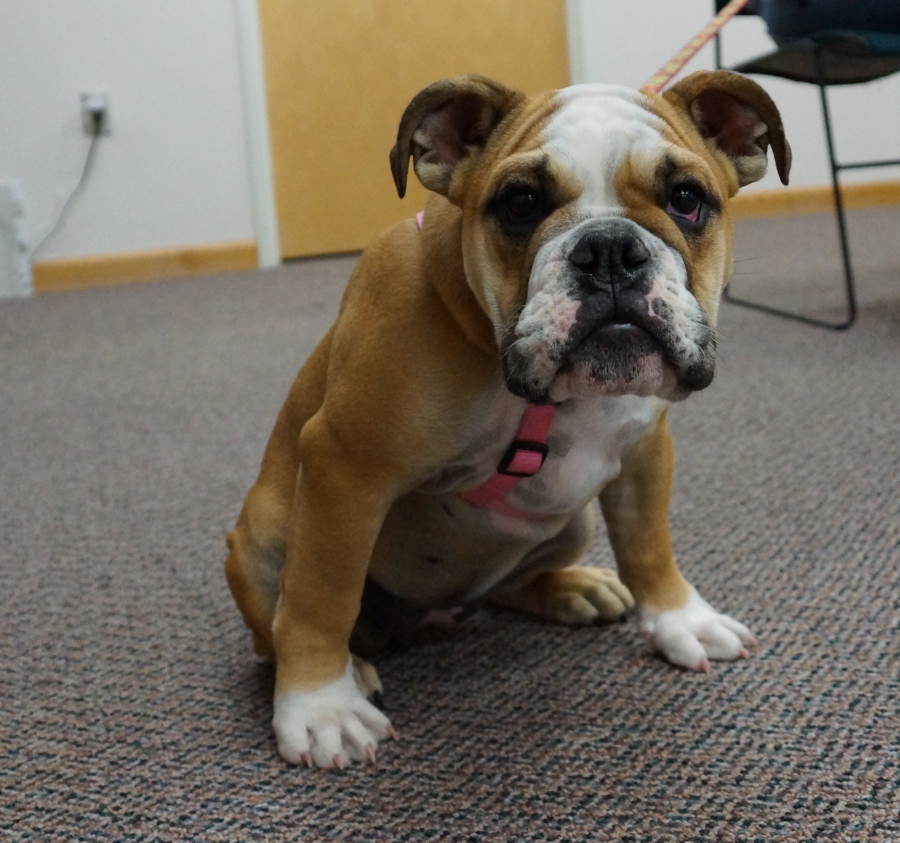
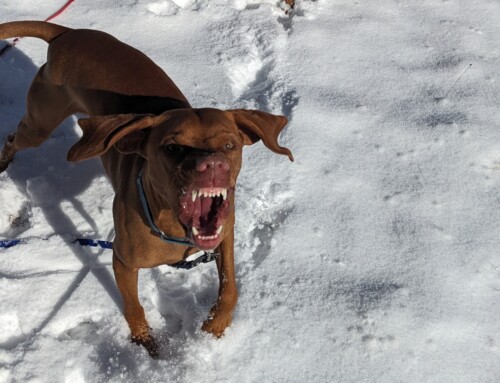
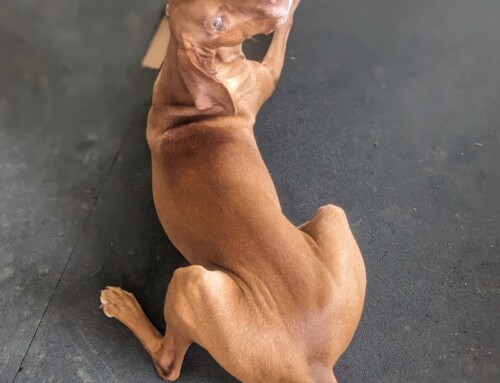

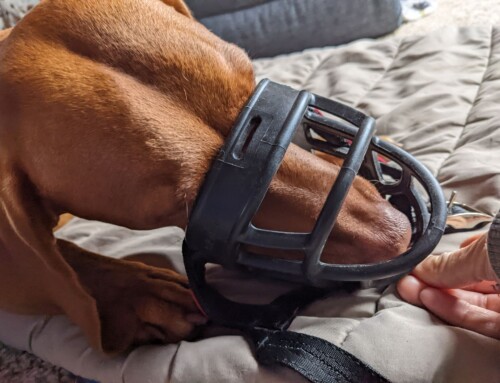
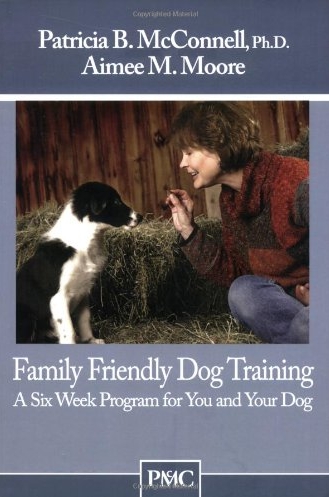
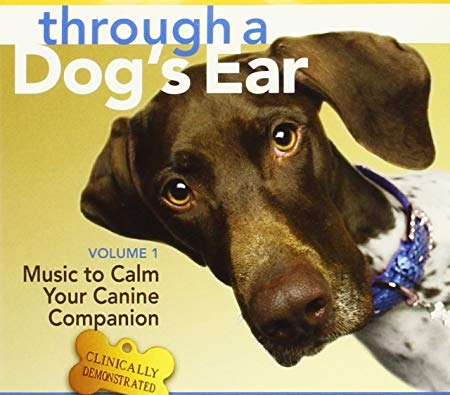
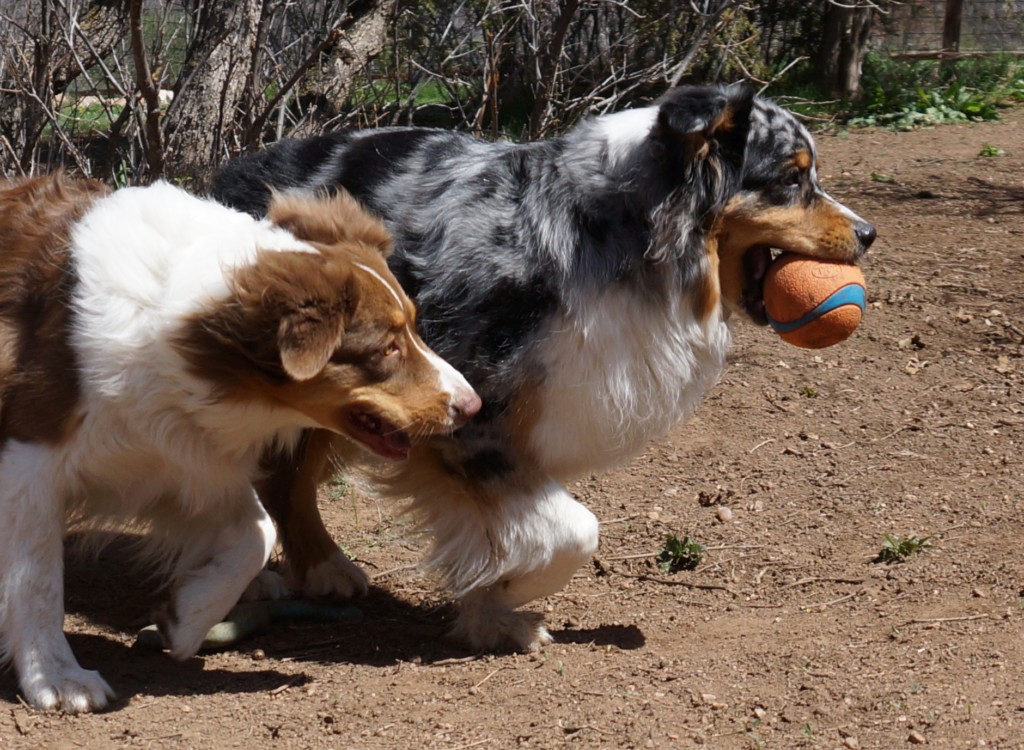
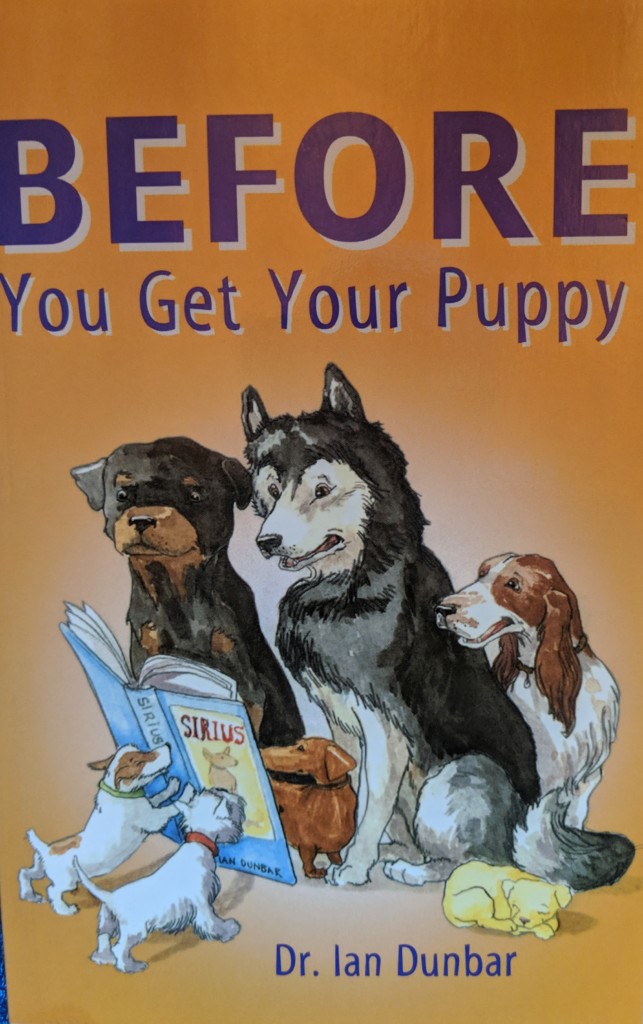
Leave A Comment